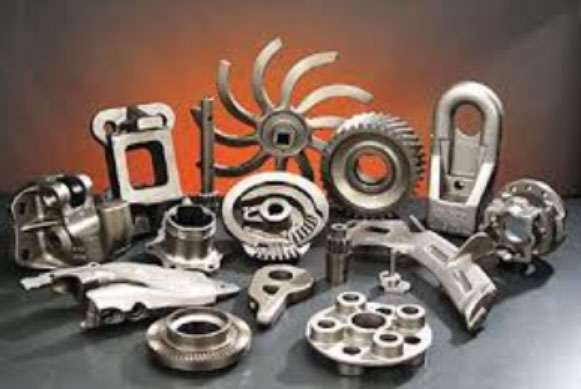Ductile iron casting, also known as nodular iron casting or spheroidal graphite iron casting, offers precision and performance advantages in optimizing designs across various industries. Let’s explore how ductile iron casting can optimize designs for enhanced precision and performance:

1. Complex Geometries: Ductile iron casting allows for the production of complex and intricate geometries that may be challenging or costly to achieve with other manufacturing processes. The casting process enables the creation of intricate shapes, thin walls, undercuts, and internal features, providing design engineers with greater freedom in developing innovative and optimized designs.
2. Dimensional Accuracy: Ductile iron casting can achieve high dimensional accuracy, ensuring precise and consistent components. The use of advanced casting techniques, such as precision casting or investment casting, combined with stringent quality control measures, allows for the production of components with tight tolerances and minimal dimensional variations, ensuring proper fit and functionality within the assembly.
3. Customization: Ductile iron casting offers customization options to meet specific design requirements. The flexibility of the casting process allows for modifications and adaptations to suit the unique needs of different applications. Components can be tailored to specific shapes, sizes, and mechanical properties, ensuring optimal performance in the intended application.
4. Strength and Durability: Ductile iron casting provides high strength and durability, making it suitable for demanding applications. The material’s excellent mechanical properties, including high tensile strength and impact resistance, enable components to withstand heavy loads, vibrations, and harsh operating conditions while maintaining structural integrity and performance over time.
5. Weight Optimization: Ductile iron casting allows for weight optimization in component design. By leveraging the material’s high strength-to-weight ratio, engineers can design components with reduced weight without compromising structural integrity or performance. This can result in benefits such as improved energy efficiency, reduced material costs, and easier handling and installation.
6. Performance Enhancements: Ductile iron casting enables the integration of design features that enhance performance. For example, ribs, bosses, cooling channels, or other specific configurations can be incorporated into the design to improve heat dissipation, fluid flow, or mechanical performance. These optimizations can lead to improved overall system performance and efficiency.
7. Cost-Effective Production: Ductile iron casting offers cost-effective production options for both small-scale and large-scale manufacturing. The ability to produce components in high volumes with relatively low tooling costs makes ductile iron casting a cost-efficient solution. The material’s availability and the efficiency of the casting process contribute to overall cost savings in production.
Ductile iron casting’s ability to achieve complex geometries, dimensional accuracy, customization, and strength contributes to optimized designs that enhance precision and performance. By leveraging the advantages of ductile iron casting, engineers can create components that meet the specific requirements of their applications, resulting in improved functionality, durability, and overall performance.
